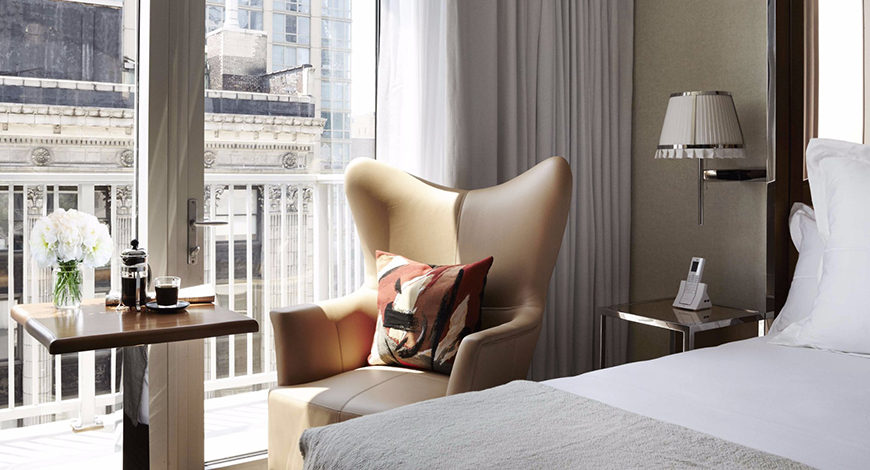 28
Mar
28
Mar
While global sourcing will continue to be the trend, as technology is transferred around the world, we might actually start to see a counter trend in the growth of locally sourced products.
When handling the procurement of furniture, fixtures and equipment, and operating supplies and equipment for hotel projects in more than 30 countries, I am often asked where a certain item is made and why it is made there.
Today, the overall macroeconomic answer to a specific product’s “where and why” is the same now as it was five years ago, and it will be the same also five years from now: Global sourcing is the way of the world.
The world is getting smaller every day, with more flights added to more cities, more developing middle classes around the world and more people speaking English. The result is and will continue to be more people trading with more people. From an FF&E and OS&E sourcing standpoint, the result will be an economic specialization by item, by country, sometimes even by a specific region of a country.
Many things will change and influence the primary or secondary leading global source for an item. Things such as duties and tariffs, trade agreements, labor costs, currency fluctuations, energy and transportation costs, geo-political instability and other factors.
Turning from automobiles to our FF&E industry, take fabrics, one area that is sourced in many different countries.
For example:
India has had massive new capital investments in the last 10 years in top European textile machinery. India is overall known for inherently fire retardant polyester silk-like textiles, as well as for hand crafted decorative pillows, throws and bedding.
Turkey is well regarded as the source for wide-width sheers, high-end top-of-the-bed treatments and some unique upholstery. Turkey’s costs are slightly higher than China, but that gap is narrowing, and Turkey overall has excellent quality and fast lead times.
China is the leader in commodity sheers and has great value in top-of-bed and all types of upholsteries, as well as fabricated textile products. It also rules when long production runs are used.
Belgium is the birth place of velvets, and it is still strong in the production of velvets.
Pakistan is strong in sheeting, which comprises approximately 70% of its textile export market.
U.S. is the leader in heat-transfer prints for window treatments and bed skirts, as well as for great upholstery options. It also has fast lead times and short production runs.
While global sourcing will continue to be the trend, and the world will continue to get smaller and sourcing more specialized, note that as technology is transferred around the world, we might actually start to see a counter trend in the growth of locally sourced products as technology in manufacturing, product development and sampling might become the great equalizer in the equation. This will occur, I believe, across the planet.
Also key are to be fully involved with any project team‘s designers and managers and to develop relationships with the world’s leading vendors to find the best FF&E and OS&E solutions for each project. The budget, schedule and quality requirements unique to each project, when properly analyzed by an experienced FF&E team, will dictate a clear choice to maximize the value created for each FF&E item around the world.
As the world moves faster and becomes more complex, the value of an engaged, globally sourcing purchasing firm, with local expertise, will be critical to the success of each project.
Working with companies like rainbow hospitality offers multifaceted benefits that make a lot of sense for the clients we serve. Updating FF&E is never cheap, but it also doesn't have to be a total loss anymore. Rainbow can meet your FF&E needs.if you have any project in hand ,please feel free contact the team .